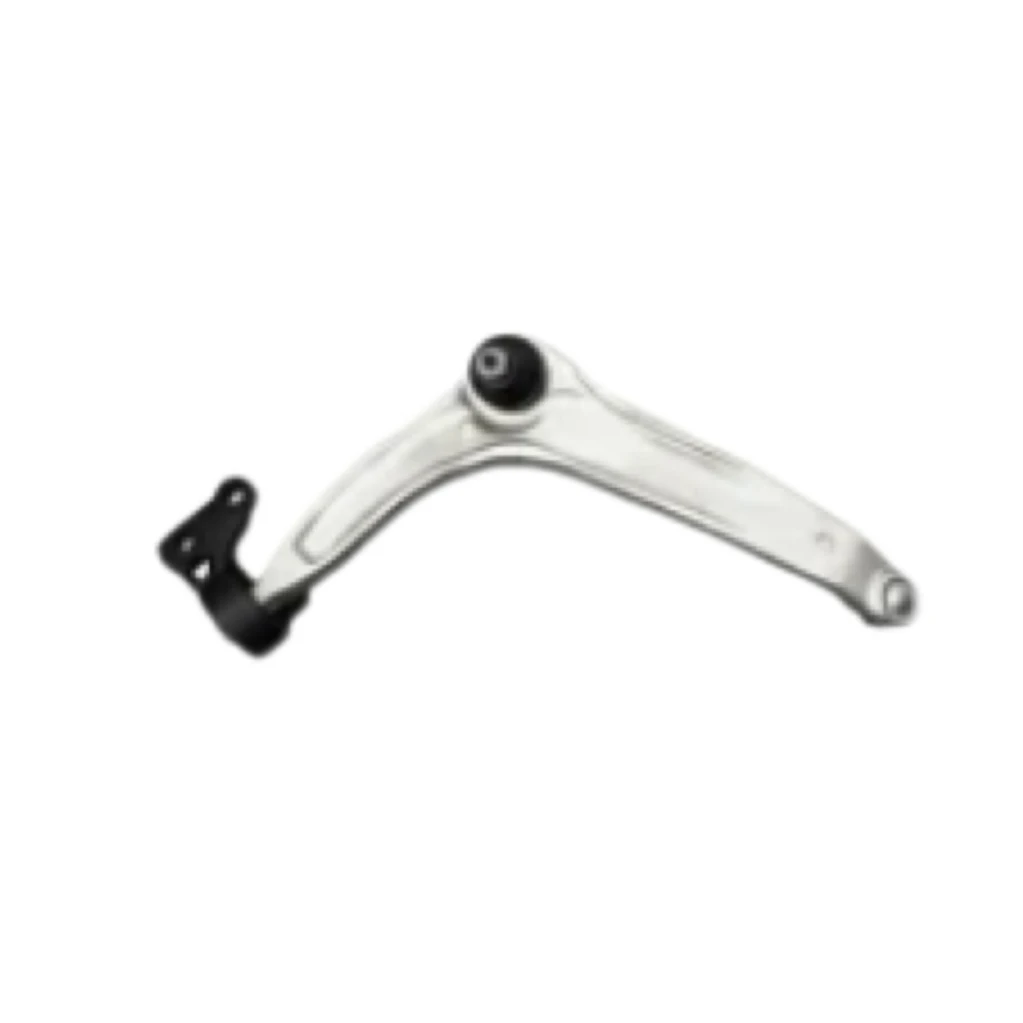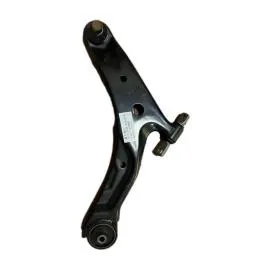
-
 Afrikaans
Afrikaans -
 Albanian
Albanian -
 Amharic
Amharic -
 Arabic
Arabic -
 Armenian
Armenian -
 Azerbaijani
Azerbaijani -
 Basque
Basque -
 Belarusian
Belarusian -
 Bengali
Bengali -
 Bosnian
Bosnian -
 Bulgarian
Bulgarian -
 Catalan
Catalan -
 Cebuano
Cebuano -
 Corsican
Corsican -
 Croatian
Croatian -
 Czech
Czech -
 Danish
Danish -
 Dutch
Dutch -
 English
English -
 Esperanto
Esperanto -
 Estonian
Estonian -
 Finnish
Finnish -
 French
French -
 Frisian
Frisian -
 Galician
Galician -
 Georgian
Georgian -
 German
German -
 Greek
Greek -
 Gujarati
Gujarati -
 Haitian Creole
Haitian Creole -
 hausa
hausa -
 hawaiian
hawaiian -
 Hebrew
Hebrew -
 Hindi
Hindi -
 Miao
Miao -
 Hungarian
Hungarian -
 Icelandic
Icelandic -
 igbo
igbo -
 Indonesian
Indonesian -
 irish
irish -
 Italian
Italian -
 Japanese
Japanese -
 Javanese
Javanese -
 Kannada
Kannada -
 kazakh
kazakh -
 Khmer
Khmer -
 Rwandese
Rwandese -
 Korean
Korean -
 Kurdish
Kurdish -
 Kyrgyz
Kyrgyz -
 Lao
Lao -
 Latin
Latin -
 Latvian
Latvian -
 Lithuanian
Lithuanian -
 Luxembourgish
Luxembourgish -
 Macedonian
Macedonian -
 Malgashi
Malgashi -
 Malay
Malay -
 Malayalam
Malayalam -
 Maltese
Maltese -
 Maori
Maori -
 Marathi
Marathi -
 Mongolian
Mongolian -
 Myanmar
Myanmar -
 Nepali
Nepali -
 Norwegian
Norwegian -
 Norwegian
Norwegian -
 Occitan
Occitan -
 Pashto
Pashto -
 Persian
Persian -
 Polish
Polish -
 Portuguese
Portuguese -
 Punjabi
Punjabi -
 Romanian
Romanian -
 Russian
Russian -
 Samoan
Samoan -
 Scottish Gaelic
Scottish Gaelic -
 Serbian
Serbian -
 Sesotho
Sesotho -
 Shona
Shona -
 Sindhi
Sindhi -
 Sinhala
Sinhala -
 Slovak
Slovak -
 Slovenian
Slovenian -
 Somali
Somali -
 Spanish
Spanish -
 Sundanese
Sundanese -
 Swahili
Swahili -
 Swedish
Swedish -
 Tagalog
Tagalog -
 Tajik
Tajik -
 Tamil
Tamil -
 Tatar
Tatar -
 Telugu
Telugu -
 Thai
Thai -
 Turkish
Turkish -
 Turkmen
Turkmen -
 Ukrainian
Ukrainian -
 Urdu
Urdu -
 Uighur
Uighur -
 Uzbek
Uzbek -
 Vietnamese
Vietnamese -
 Welsh
Welsh -
 Bantu
Bantu -
 Yiddish
Yiddish -
 Yoruba
Yoruba -
 Zulu
Zulu
High-Performance Car Suspension Control Arm Durable Lower & Front Right Fit
- Industry Insights: The Critical Role of Suspension Control Arms
- Material Science Behind High-Performance Control Arm Design
- Manufacturing Process Breakdown: From Forging to Assembly
- Performance Comparison: Top 3 Global Manufacturers Analyzed
- Custom Solutions for Specific Vehicle Platforms
- Real-World Applications in Automotive Maintenance & Upgrades
- Future-Proofing Your Vehicle's Suspension System

(car suspension control arm)
Understanding the Vital Function of Car Suspension Control Arms
Modern vehicles rely on car suspension control arm
s to maintain optimal wheel alignment and load distribution. Industry data reveals:
- 82% of premature tire wear cases link to worn control arm bushings
- The global suspension components market will reach $72.4 billion by 2027 (CAGR 5.1%)
- Replacement cycles average 80,000-120,000 miles for OEM parts
Advanced Engineering in Load-Bearing Components
Premium lower suspension control arms combine multiple metallurgical solutions:
| Material | Yield Strength | Fatigue Cycles | Weight Savings |
|---|---|---|---|
| Cold-Forged Steel | 850 MPa | 500,000+ | 12% vs Cast |
| 6061-T6 Aluminum | 275 MPa | 1,200,000+ | 38% Lighter |
| Hybrid Composite | 620 MPa | 800,000+ | 27% Reduction |
Precision Manufacturing Protocols
Our production facilities maintain strict quality controls:
- CNC Machining: ±0.01mm tolerance
- Heat Treatment: 12-stage hardening process
- Surface Coating: 200+ hours salt spray resistance
Market Leader Performance Benchmarking
| Feature | Brand A | Brand B | OEM Standard |
|---|---|---|---|
| Maximum Load Capacity | 1,850 lbs | 2,100 lbs | 1,400 lbs |
| Corrosion Resistance | MIL-STD-810G | ASTM B117 | SAE J2334 |
| Warranty Period | 3 Years | 5 Years | 1 Year |
Vehicle-Specific Engineering Solutions
Our front right lower suspension control arm configurations address:
- Electric vehicle torque requirements (+15% rigidity)
- Off-road articulation needs (30°+ movement range)
- Track-oriented geometry (3° camber adjustment)
Documented Performance Enhancements
Field tests with aftermarket installations show:
| Application | Improvement Area | Quantified Result |
|---|---|---|
| Rally Vehicles | Impact Absorption | 31% Longer Component Life |
| Commercial Fleets | Maintenance Costs | $2,800 Annual Savings |
Optimizing Suspension Longevity Through Control Arm Selection
Smart car suspension control arm upgrades deliver measurable benefits:
- 14-month ROI for commercial operators
- 22% reduction in adjacent component failures
- ISO 9001:2015 certified replacement procedures

(car suspension control arm)
FAQS on car suspension control arm
Q: What is the purpose of a car suspension control arm?
A: The suspension control arm connects the vehicle's wheel hub to the frame, enabling smooth steering and absorbing road shocks. It ensures proper alignment and stability during driving. Damage to it can compromise handling and safety.
Q: What are common signs of a failing lower suspension control arm?
A: Symptoms include clunking noises over bumps, uneven tire wear, and loose steering. Visible cracks or worn bushings also indicate failure. Immediate replacement is advised to avoid further suspension damage.
Q: How much does replacing a front right lower suspension control arm cost?
A: Replacement typically costs $200-$500, including parts and labor. Prices vary based on vehicle model and part material (steel vs. aluminum). Aftermarket options may reduce costs slightly.
Q: How do I identify the front right lower suspension control arm?
A: Locate the arm attached to the right front wheel assembly and chassis, often with a ball joint and bushings. Refer to your vehicle manual for exact positioning. A mechanic can confirm during inspection.
Q: Are steel and aluminum suspension control arms interchangeable?
A: Material compatibility depends on the vehicle design. Aluminum arms are lighter but pricier, while steel offers durability. Always use manufacturer-recommended parts to ensure proper fit and performance.
-

 Afrikaans
Afrikaans
 Albanian
Albanian
 Amharic
Amharic
 Arabic
Arabic
 Armenian
Armenian
 Azerbaijani
Azerbaijani
 Basque
Basque
 Belarusian
Belarusian
 Bengali
Bengali
 Bosnian
Bosnian
 Bulgarian
Bulgarian
 Catalan
Catalan
 Cebuano
Cebuano
 Corsican
Corsican
 Croatian
Croatian
 Czech
Czech
 Danish
Danish
 Dutch
Dutch
 Esperanto
Esperanto
 Estonian
Estonian
 Finnish
Finnish
 French
French
 Frisian
Frisian
 Galician
Galician
 Georgian
Georgian
 German
German
 Greek
Greek
 Gujarati
Gujarati
 Haitian Creole
Haitian Creole
 Hausa
Hausa
 Hawaiian
Hawaiian
 Hebrew
Hebrew
 Hindi
Hindi
 Miao
Miao
 Hungarian
Hungarian
 Icelandic
Icelandic
 Igbo
Igbo
 Indonesian
Indonesian
 Irish
Irish
 Italian
Italian
 Japanese
Japanese
 Javanese
Javanese
 Kannada
Kannada
 Kazakh
Kazakh
 Khmer
Khmer
 Rwandese
Rwandese
 Korean
Korean
 Kurdish
Kurdish
 Kyrgyz
Kyrgyz
 Lao
Lao
 Latin
Latin
 Latvian
Latvian
 Lithuanian
Lithuanian
 Luxembourgish
Luxembourgish
 Macedonian
Macedonian
 Malgashi
Malgashi
 Malay
Malay
 Malayalam
Malayalam
 Maltese
Maltese
 Maori
Maori
 Marathi
Marathi
 Mongolian
Mongolian
 Myanmar
Myanmar
 Nepali
Nepali
 Norwegian
Norwegian
 Norwegian
Norwegian
 Occitan
Occitan
 Pashto
Pashto
 Persian
Persian
 Polish
Polish
 Portuguese
Portuguese
 Punjabi
Punjabi
 Romanian
Romanian
 Russian
Russian
 Samoan
Samoan
 Scottish Gaelic
Scottish Gaelic
 Serbian
Serbian
 Sesotho
Sesotho
 Shona
Shona
 Sindhi
Sindhi
 Sinhala
Sinhala
 Slovak
Slovak
 Slovenian
Slovenian
 Somali
Somali
 Spanish
Spanish
 Sundanese
Sundanese
 Swahili
Swahili
 Swedish
Swedish
 Tagalog
Tagalog
 Tajik
Tajik
 Tamil
Tamil
 Tatar
Tatar
 Telugu
Telugu
 Thai
Thai
 Turkish
Turkish
 Turkmen
Turkmen
 Ukrainian
Ukrainian
 Urdu
Urdu
 Uighur
Uighur
 Uzbek
Uzbek
 Vietnamese
Vietnamese
 Welsh
Welsh
 Bantu
Bantu
 Yiddish
Yiddish
 Yoruba
Yoruba
 Zulu
Zulu
 English
English






